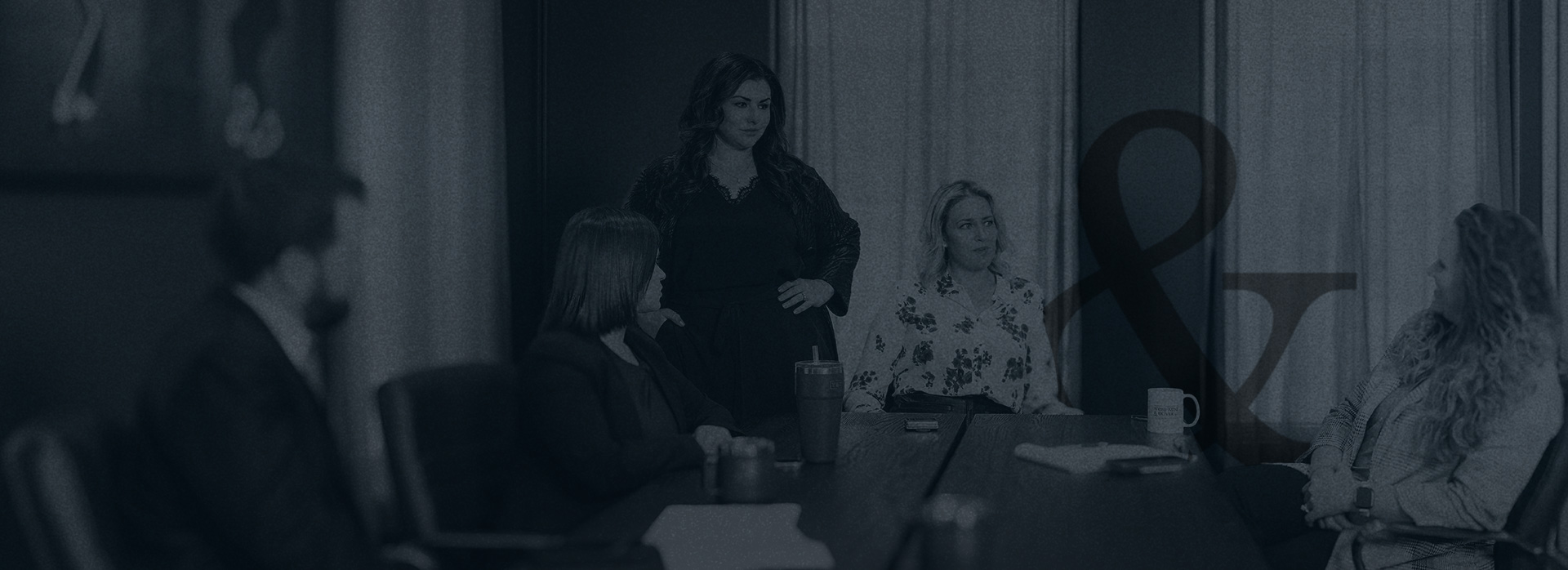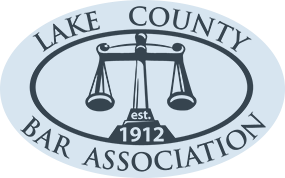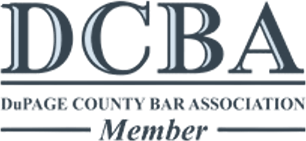

Collaborative Law Attorney, Elmhurst, Illinois
Collaborative divorce is a relatively new process, offering a non-adversarial procedure in which both spouses are committed to working out their divorce without any court intervention. Collaborative divorce was “created” in 1990 by Minnesota attorney Stuart Webb. Webb spent years in court alongside clients with seemingly unmanageable divorce issues. Tiring of this process, Webb flatly refused to go to court for his divorcing clients ever again, making a vow to negotiate those issues outside the courtroom. Time passed, the movement grew, and the collaborative divorce process became official in Illinois.
The attorneys at Weiss-Kunz & Oliver, LLC recognize that divorce encompasses fragile emotions and personal relationships. As such, we are committed to helping divorcing couples find the method of divorce that will work best for their particular situation. Collaborative law may be right for you and your spouse if you desire to have an amicable dissolution, but you require legal help and advocacy to aid you in creating the right settlement.

how we can help
- Contested Divorce
- Trial Court Litigation
- Uncontested Divorce
- Child Issues
- Property Division
- Complex Divorce
- Separation Agreements
- Divorce Over Age 50
- Divorcing A Narcissist
- Divorce After Retirement
- Spousal Support & Maintenance
- Marital Settlement Agreements MSA
- Collaborative Law & Collaborative Divorce
- Appeals And Judgment Enforcement
- 2016 Family Law Changes

The Benefits of Collaborative Divorce
Collaborative divorce can be financially and emotionally easier on all those involved than a traditional divorce or even a mediated divorce. Multiple court appearances and some of the more painful conflicts are virtually eliminated. The cost of a collaborative divorce is usually substantially less than a litigated divorce because the parties are able to complete discovery (the exchange of financial information) in mere weeks and months, as opposed to over the course of 1-2 years, as can be the case in traditional litigation. Further, in most cases the collaborative divorce process is much quicker than traditional litigated divorce.
In Illinois, collaborative divorce involves a team of professionals that work together with the parties so as to help the divorcing couple seek resolution of their issues. At a minimum, each couple retains an attorney certified to practice collaborative law. But when the process of collaboration is working at its full capacity, in addition to their respective attorneys, each spouse may have their own Divorce Coach, a shared neutral Financial Specialist, and a shared Child Specialist if children are at issue. This group encompasses the "Collaborative Team" and is why the collaborative process is considered a team effort.
One reason that collaborative divorce is growing in popularity, especially among lawyers, is because it empowers the individual—the divorcing parties—to make their own decisions about custody, support, dividing property, paying for college, voiding a premarital agreement, and so on, instead of a judge. The collaborative team aids the couple in problem solving, helping them formulate a settlement and reality testing decisions that would otherwise be brought to a judge. The attorneys provide their respective clients' guidance and advice in making settlement offers and the legal effect of those offers, however, the final decision rests in the hands of the clients and is not left to a judge. The attorneys still act as advocates for their clients, but instead of basing their arguments on positions (i.e., a spouse wants maintenance), they voice their negotiations in terms of their client's needs and interests (i.e., a client needs enough money to live after the divorce is final). Thinking outside of the box applies in almost every collaborative divorce process.
Real Stories from Real People
-
"I needed an attorney who would fight for me and also keep me focused, and Maxine had my back."Maxine was very professional and worked efficiently to complete our case. Highly recommend!- Gloria B.
-
"As a client of WKO, I highly recommend Amanda Oliver."She has extensive experience to address family law issues efficiently and effectively. She is direct, informative, knowledgeable, resourceful and well-respected in the legal community. I love how she anticipates and mitigates potential issues, strategizes next steps, and keeps me informed along the way. If you have to go thru the divorce process, you want Amanda in your corner. HIGHLY recommend!- Angela L.
-
"Divorce isn’t always easy but Maxine and her team at WKO make it so."Maxine and her team have exceeded my expectations. Focused on the family and doing the right thing for everyone involved. Most importantly, my children. I’m deeply grateful for her efforts.- Stephen G.
-
"I am so glad I chose Amanda & her team."I highly recommend Amanda Oliver & her team at Weiss-Kunz & Oliver. Everyone I dealt with was professional, empathetic & compassionate. They make their clients their priority. Their fee structure was fair & very transparent.- Amy S.
-
"Maxine is very competent in her work, friendly, professional, responsive and down to earth."Maxine Weiss Kunz was great to work with. She clarified complex legal jargon into laymen terms and helped soothe the anxiety I often feel when the law is involved and it is a serious matter. Grateful to her and her team. Thank you Maxine!- Nina K.
-
"Thank you, Amanda for being a powerful advocate when I needed one most."You handled my case with empathy, patience, and delivered with passion. You exceeded my expectations, and your work was brilliant! Weiss-Klunz & Oliver are not only knowledgeable of the law, the entire team is responsive, supportive, and really care about their clients. Thank you for taking my situation and turning it into a positive outcome.- Rosa
-
"I needed an attorney who would fight for me and also keep me focused, and Maxine had my back."
Maxine was very professional and worked efficiently to complete our case. Highly recommend!
- Gloria B.


Mediated Divorce vs. Collaborative Divorce
Many people are under the impression that a collaborative divorce and a mediated divorce are one and the same; however, there are a number of important differences. A non-attorney mediator is not allowed to give legal advice or advocate for either side, and in the state of Illinois, it is generally considered unethical for a mediator to draft the documents necessary for a couple to obtain a divorce. The mediator may draft a Memorandum of Understanding, but not the final decree to be entered with the Court. During a collaborative divorce, both parties have their own attorney who is always present during negotiations, and settlement is their top priority.
The attorneys of Weiss-Kunz & Oliver, LLC can assist you with your collaborative divorce. We put the tools garnered through years of working for one of the top family law firms in the Chicago area to work for the best interests of our clients. Contact Weiss-Kunz & Oliver, LLC today regarding your collaborative divorce.












